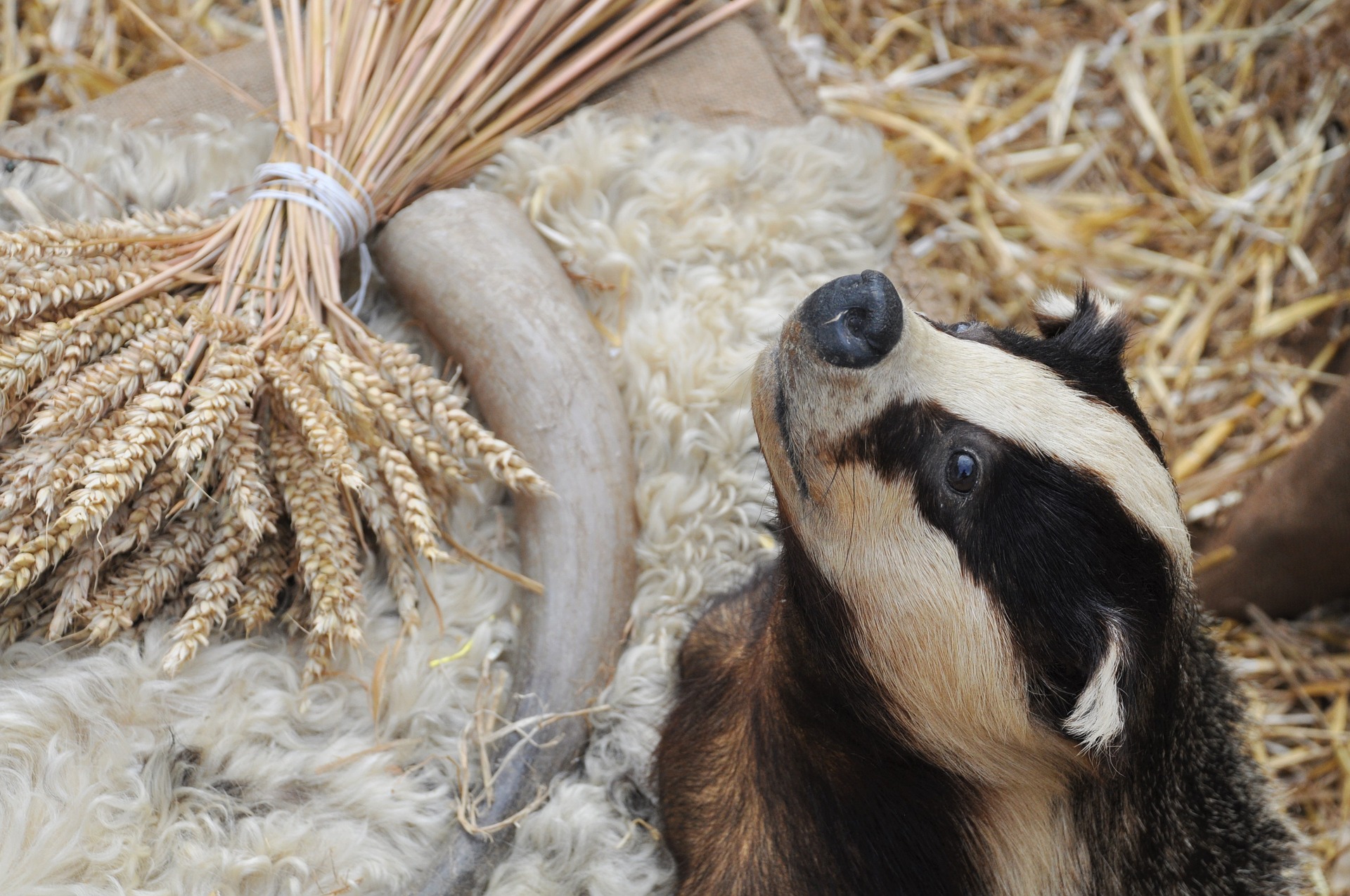In the modern digital world, memories and potentially historical icons or moments are digitally captured and stored for future reference on a virtual basis. A while back, though, things were considerably different, and sentimental preservation was taken to a whole new realistic level. Majestic and adored animals would be so well preserved that you would very easily be fooled by a preserved animal that eerily looked exactly like the actual real deal. We take a look at some of the world’s most iconic taxidermy works that really defined the art of biological as well as artificial preservation.
1.Waterton’s ”Nondescript”
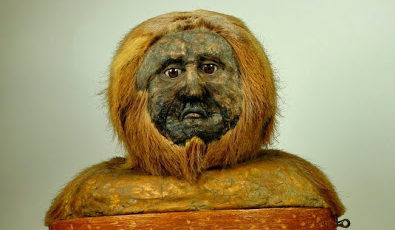
Creativity and expressionism are traits that manifest themselves in the most diverse and unfathomable of manners. Charles Waterton, the author of Waterton’s Wanderings in South America, redefined the depths to which people delve into in an attempt to preserve something they truly believe in perfectly. His travels to Guiana, Guyana, in 1824 revealed his belief of a species he related to the physical appearance of humans. It is from this that experts conceptualize that his nondescript was modeled out of a howler monkey’s hindquarters.
Charles Waterton was known for his profoundly eccentric nature just by the way he derived satisfaction from teasing and provoking those who encountered him. He engineered his own taxidermy techniques involving the use of mercuric chloride for optimal skin preservation.
2.Church Crocodile – Santuario Madonna delle Lacrime Immacolate
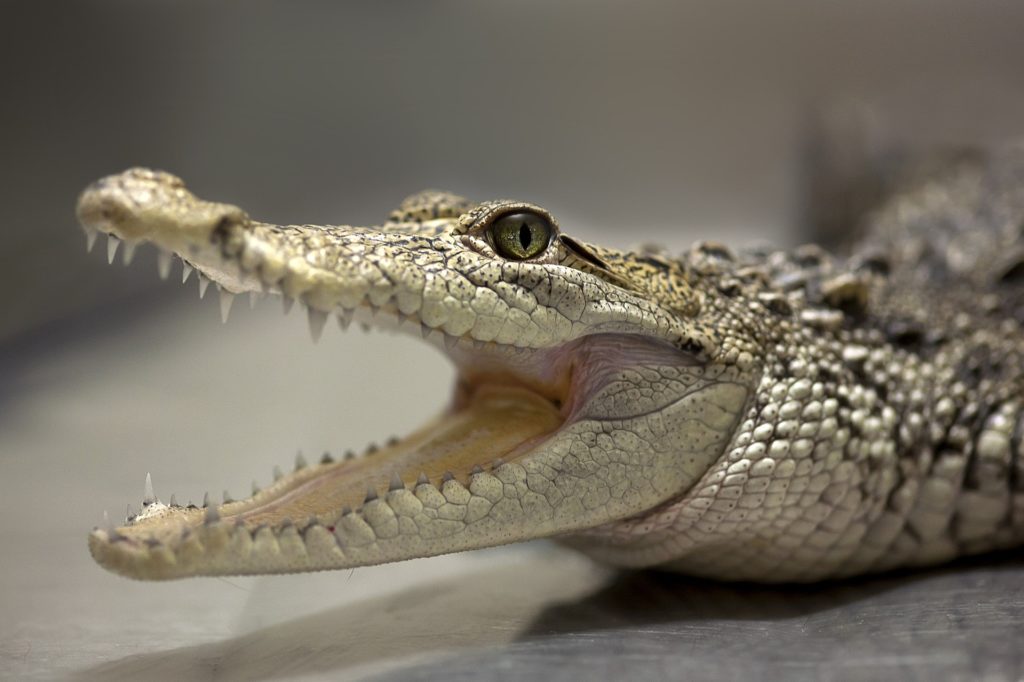
Quite a number of people find crocodiles to be awfully scary creatures. These reptilian creatures have been in existence, probably even before the human species of animals walked the earth. It is therefore not much of a surprise that the crocodile reserves the status as the earliest animal to have a taxidermy procedure done for the purpose of its preservation. The crocodile hanging from this Italian church has a history dating back to some unparalleled just under five centuries ago. That’s some pretty impressively preserved piece of taxidermy.
3.Montana Bison – William Temple Hornaday
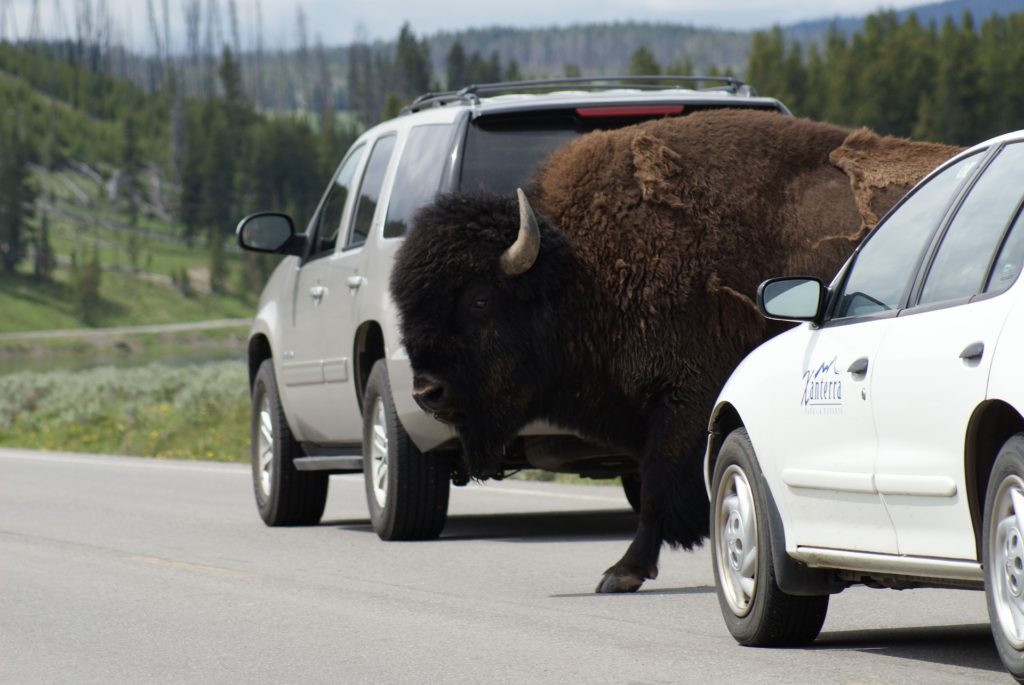
Like Charles Waterton, Hornaday was a highly regarded taxidermist in his time and rightfully so. His works, including the famously named display, The Fight in the Tree Tops, of two orangutans, led to his appointment to the Smithsonian Museum in Washington, D.C as the chief taxidermist. As a result of some wide-spread bison decimation in America, Hornaday took it upon himself to travel to Montana and hunt for some samples of bison for preservation purposes. His honorable works have been put on display at The Museum of The Northern Great Plains in Fort Benton, Montana.
4.The Duchess of Richmond’s African Grey Parrot
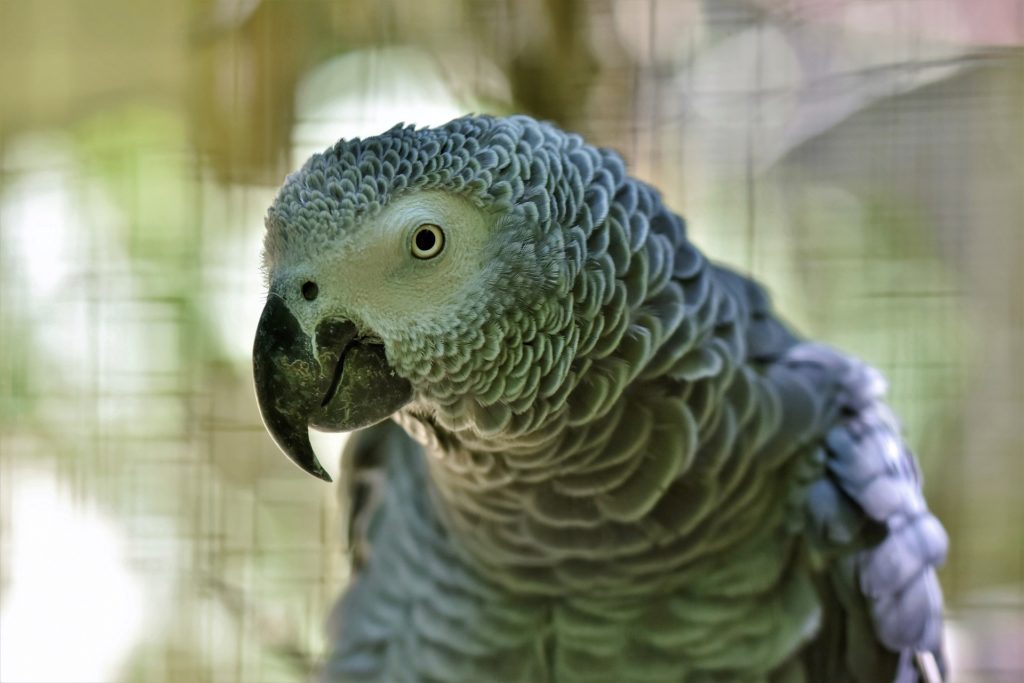
There are a few pretty unmatched benefits of being a Duchess, as is with the case of the Duchess of Richmond, who was as well the mistress to King Charles II of England, Scotland, and Ireland. Frances Stuart owned the first version of a preserved bird, the African Grey parrot, and was so fond of her precious bird that it was immortalized at the Westminster Abbey Museum in London right next to a life-size wax effigy of herself. It was her wish that the bird be immortalized after its death, and her wish was granted a short while after her death.
5.Carl Akeley’s Dioramas
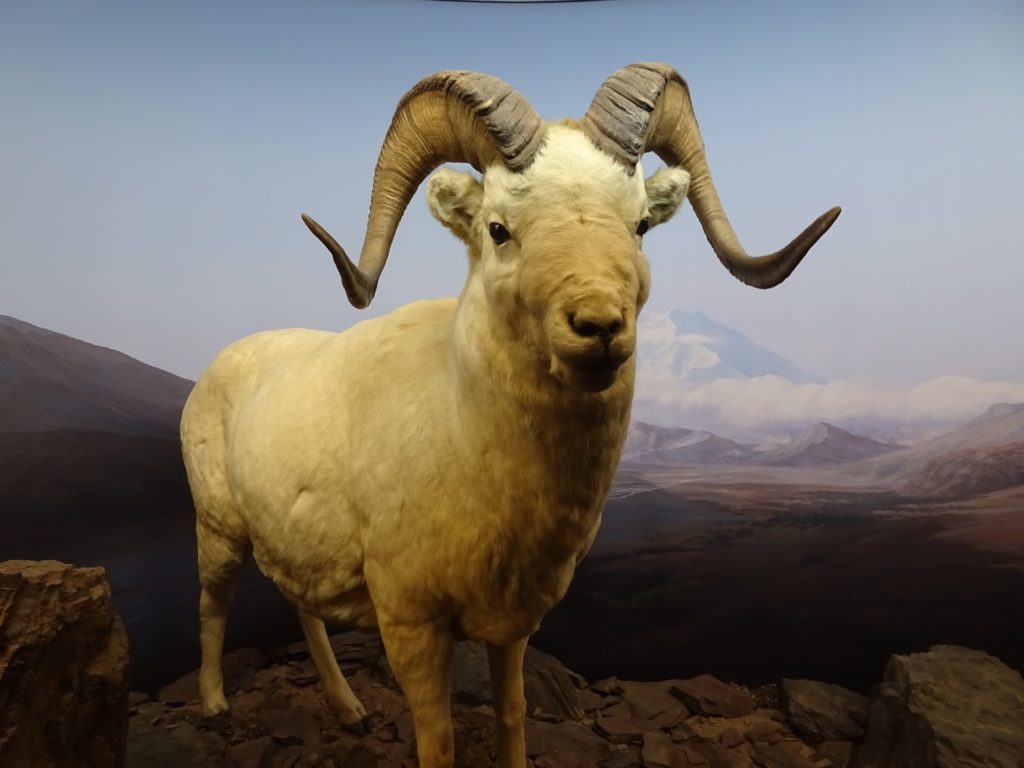
In the pursuit of making museum artwork displays as realistic and authentic as possible, taxidermists in the late 19th century ventured into integrating a lot more of animal habitats along with their preserved selves into the museum displays. Carl Akeley was one of America’s greatest taxidermists, who created some of the most impressive and life-like recreations of his panoramic diorama that captured its natural environment and can to this day be witnessed at the American Museum of natural history.
6. Ploucquet’s Anthropomorphic Taxidermy
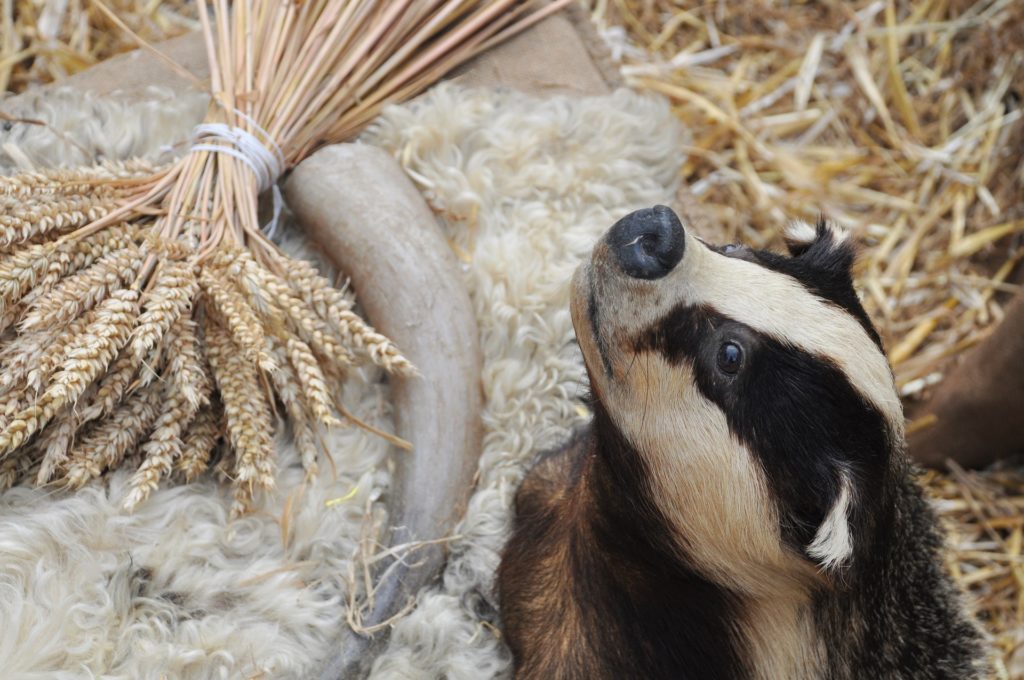
Artistes are known for their ambitious and profound creative transformation of ordinary components of life into some really attractive and eye-catching works of art. Herman Ploucquet, a German taxidermist, took the art of taxidermy and animal-human interaction to a whole new level. Pulling an estimated six million adoring art lovers to the Hyde Park in London, his anthropomorphic taxidermy exhibition depicting animals engaged in human activity essentially marked a new era in the art of taxidermy. It opened up a new approach to how this form of art can be expressed. Ploucquet’s work was so impressive that it attracted the attention of the queen of England herself, who noted in her diary of the “marvelous” nature of his works.
7.Swedish King’s Steed
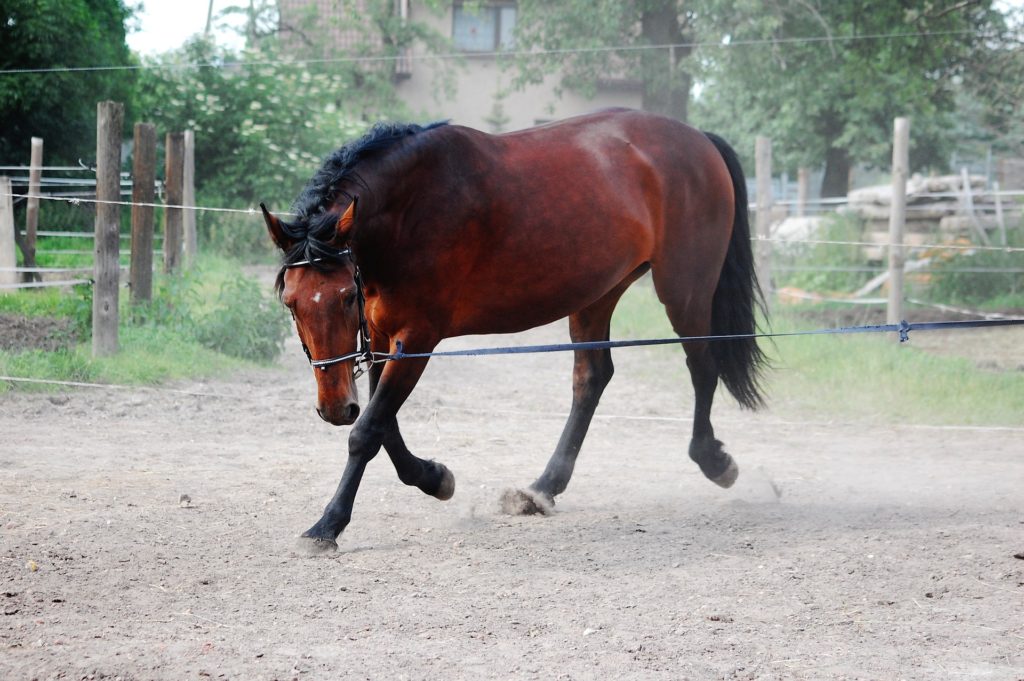
Taxidermy is meant to preserve specimens for future generations to get a glimpse of what the past looked like. It is unfortunate that not a lot of taxidermy works lived to tell the historical stories that intrigue us. The ones that have survived the cruel test of time, however, have not disappointed with the rich history that comes with their aged expressions. A Swedish King, Gustav Adolphus, had his steed shot from beneath him in 1632 during a war at Ingolstadt, Bavaria, and with this, the Steed’s taxidermy fate was sealed as it was unceremoniously skinned and preserved as a war trophy by the German opponents that gunned it down. Last heard in 1939, and there have been tales of the horse neighing as an alarming warning of an imminent attack. It can still be seen standing in Ingolstadt’s town museum.
8.The Earl of Derby’s Budgerigar Chick
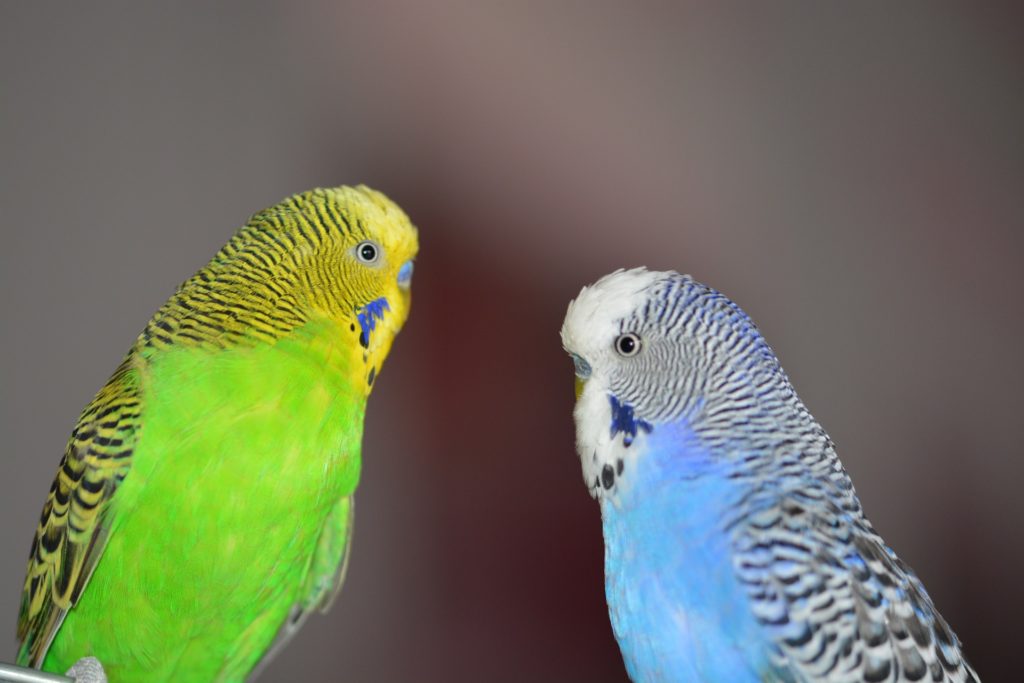
Art has a way of providing fulfillment and satisfaction as well as purpose to both enthusiasts and practitioners alike. It is because of this that a lot of people have dedicated their lives work to ensuring it does not die down or fade away into obscurity. Edward Smith Stanley, who was the 13th Earl of Derby from 1775 to 1851, widely collected works of taxidermy from all around the world, and by his demise in 1851, he boasted of a collection so versatile that it included every major group of both animals and birds. A number of his specimens have since gone extinct, including the swamp hen, the Himalayan Mountain Quail, and the paradise parrot. After the unfortunate demise of his budgerigar chick just three weeks after hatching, he had it stuffed, and it can still be seen at the Museum of Liverpool to this day.




























